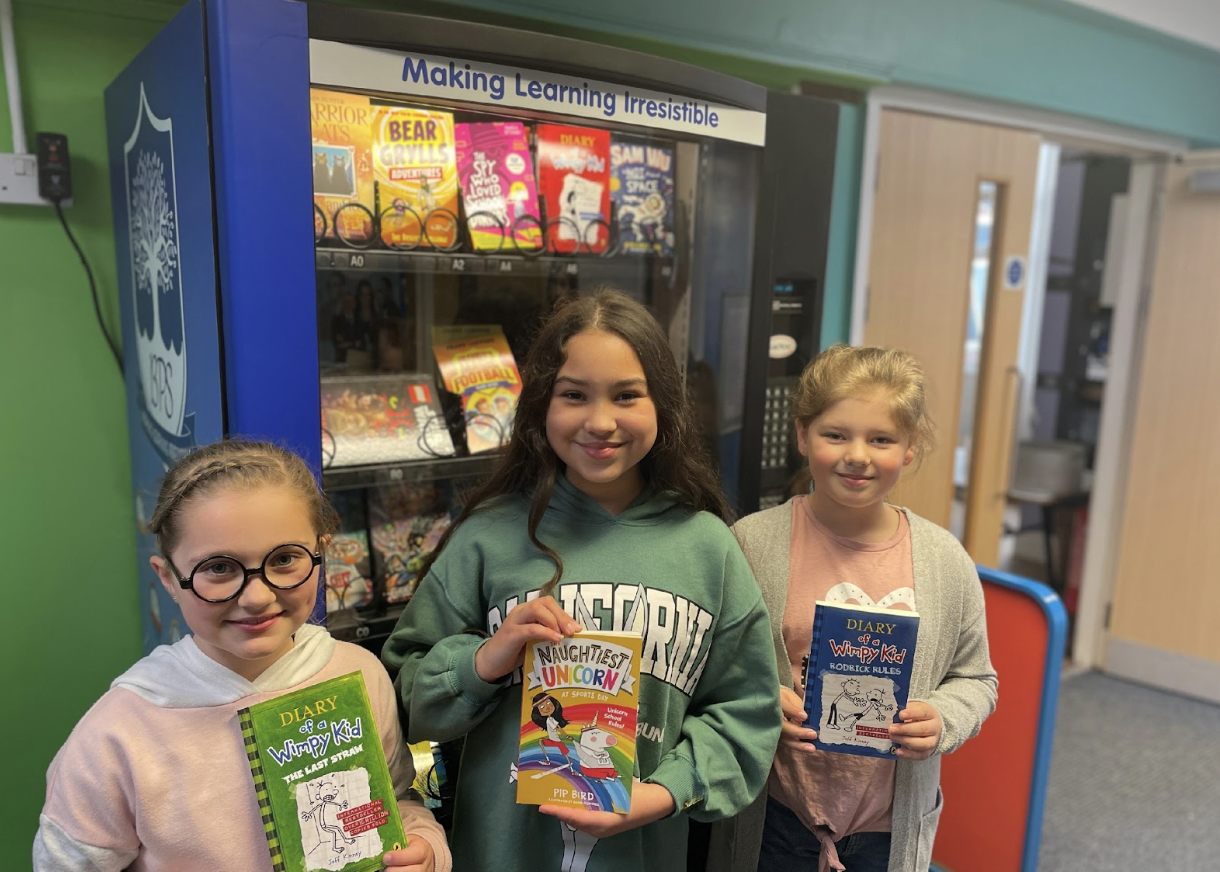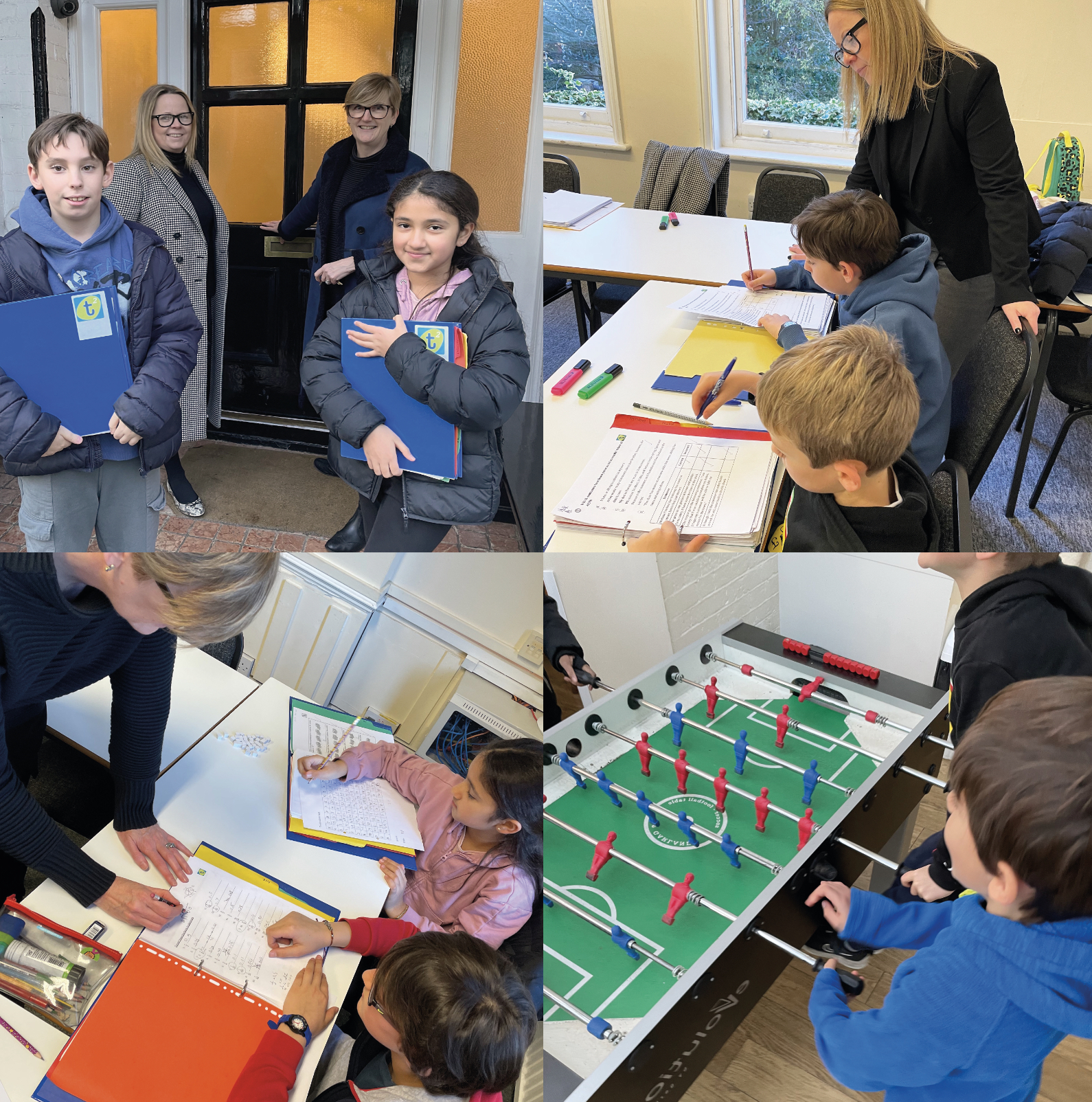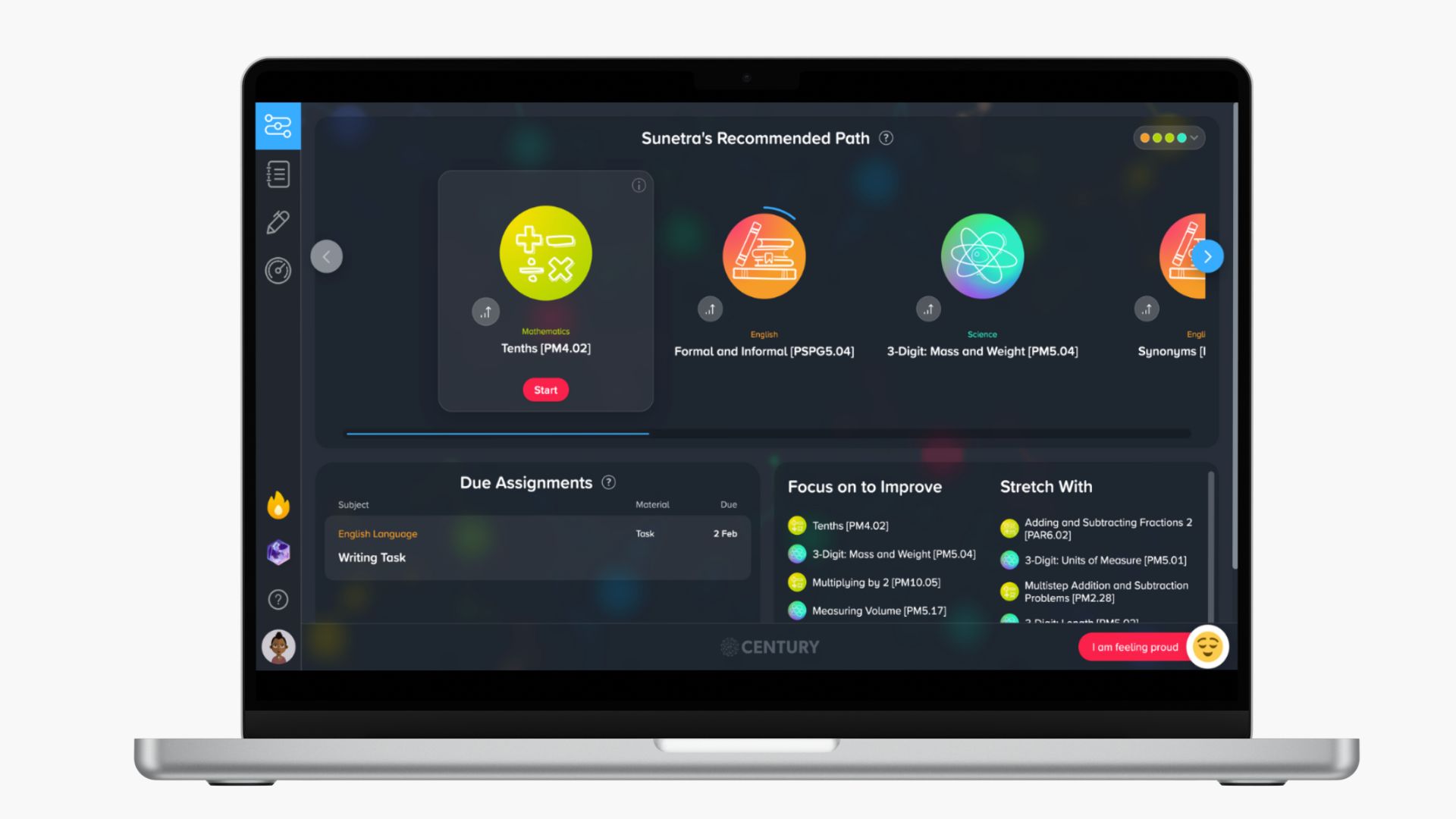Blackfield Primary School, which has roughly 450 pupils and is located near Southampton, is proud to be part of the Inspire Learning Partnership. In this case study, Assistant Principal Josh Rigby shares how his school has integrated CENTURY into its homework policy, the impact this has had, and the innovative ways that staff are driving engagement with homework.
I’ve been teaching at Blackfield Primary School for eight years, and we've been on a real journey in that time in terms of how we deliver homework. When I first joined, we were handing out the traditional CGP revision books and asking children to complete one page per week, perhaps alongside a daily reading.
Unsurprisingly, there were a number of problems with this strategy. The engagement with it wasn't particularly strong, it often took up to half an hour of a lesson to mark (if the pupils had done it at all!), and it wasn’t a very effective way to revisit the previous week's learning.
Last year, with a view to adopting a more effective homework approach and having already implemented CENTURY during lockdown, we revised our Key Stage 2 homework policy to include the use of CENTURY going forward.
How we implemented CENTURY with our homework
Over the past six months, we have been using CENTURY’s assignments function for setting homework and have found this really effective because the children always know exactly where to find their homework.
We create assignments with the goal of consolidating their classroom learning from the week prior. For example, we are covering algebra this week in Year 6, so I will set an assignment containing a few nuggets on this for next week’s homework to reinforce the content. Students can then supplement this with recommended nuggets from their individual pathways, depending on their personal areas for improvement.
We always give students one week to complete their homework assignments. The platform allows teachers to set a due date for each assignment, which is helpful as the pupils can very clearly see when work needs to be completed by.
The children are able to use their own devices at home to complete the assignment. Most of them choose to use their school-provided Chromebooks, but CENTURY can be accessed on tablets and mobile phones as well, so access hasn’t been an issue.
Using the data on CENTURY to inform next steps
Once a child has completed their assignment, their scores are instantly logged on CENTURY. Teachers can then easily see who has and has not completed the work. Thanks to the automarking on the platform, we can also review the students’ overall scores as well as more detailed information like which questions they answered correctly or incorrectly, along with specific answers.
The data on the platform is really helpful because you can see at a glance which pupils have been logging in each week to complete their home learning and already seeing positive results, and which ones have good engagement but are not quite achieving the scores you think they’re capable of.
This is a helpful indicator for our teachers in terms of next steps, both when it comes to planning future lessons and having those conversations with certain children and their parents about what we can do to increase their engagement.
The impact of using CENTURY for homework
Since we began using CENTURY as a home learning tool, we’ve already experienced a wide range of benefits:
- It saves teachers’ time. Setting work requires minimal effort from teachers because the content is already created and it's a simple case of selecting what we want, when we want it and then assigning this to as many classes as required. As CENTURY automarks the content, it saves teachers a lot of time on marking work as well.
- It provides the children with more relevant content. We've found that it is very easy for us to find and assign the right content on the platform because CENTURY essentially mirrors the White Rose Maths Curriculum in terms of the language used. This has ensured more consistency between what children are learning in the classroom and the platform content they interact with at home.
- It really tailors the learning journey to each child. Once a student has completed the homework assignment, they can then turn to the nuggets recommended by CENTURY's AI in their personal pathway, which helps me ensure that any gaps in their knowledge are addressed.
- It provides us as teachers with more actionable data. CENTURY gives us a really good amount of data. Whether you want a quick overview of scores or to explore results on each question in more depth, it’s all there for you on one clear page. I know that our staff really appreciate that.




